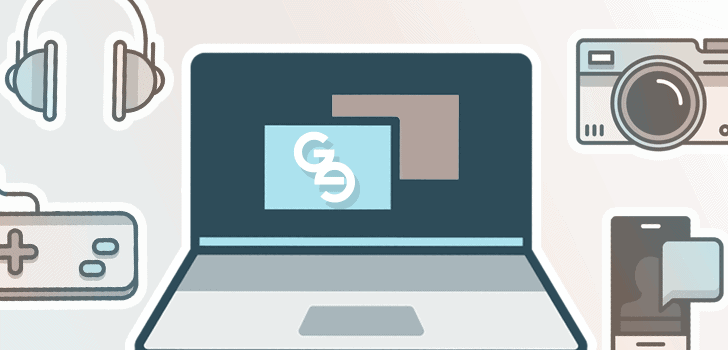And by gadgets, I obviously mean smartphones, the most sought-after gadgets of the decade. This is the right time to ask this question, I think, considering that a decade has passed since legendary marketing guru Steve Jobs presented the first smartphone in today’s sense, the iPhone. The last decade has seen smartphones grow not only in size but in processing power. Today’s leading models outclass the supercomputers that took a man to the Moon and back million-fold. And you should take that literally – Apple’s iPhone 6 is 120 million times faster than NASA’s Apollo Guidance Computer (AGC), used in the Apollo 13 and 14 missions. Yes, that’s true: we walk around with supercomputers in our pockets. How do we use them, in turn, is a completely different question altogether?
The trivial things
There are cases where the most demanding task a pocket-sized supercomputer we commonly refer to as a smartphone is to online video poker at the Vegas Palms Casino. Although mobile games have become incredibly complex over the last decade, often matching those running on leading game consoles, most users only use their pocket-sized gaming powerhouses to run simple, casual games. The games are, of course, very entertaining, and those at the Vegas Palms can also be profitable if you play them right. Yet they are pretty undemanding when it comes to processing power – most Vegas Palms games would run on the first-generation iPhone, let alone today’s flagship handsets. They are not a waste of time by far but they are a waste of processing power.
Those who don’t play games on their phones don’t even come close to using them to their full potential. While some social media apps (ahem Facebook) can be quite demanding when it comes to storage space and processor time, most apps we run on our smart companions use little of their resources.
Developers are not to blame
One of the reasons why not many apps – aside from a select group of mobile games – use even a fraction of today’s smartphones’ processing power is not the developers’ fault. And it’s not the iPhone’s fault either – it is a limited line of handsets continuously phasing out support for the oldest ones in the series, encouraging users to upgrade. The market is quite fragmented on the Android front, though, with people still routinely using single-core handsets with a three-generations-old Android operating system on them.
To be able to reach as large an audience as possible, developers need to keep in mind that there are all sorts of active smartphones out there with different hardware resources and different software versions out there, so their apps need to run on as many of them as humanly possible. And this limits their freedom when it comes to creating new apps.
